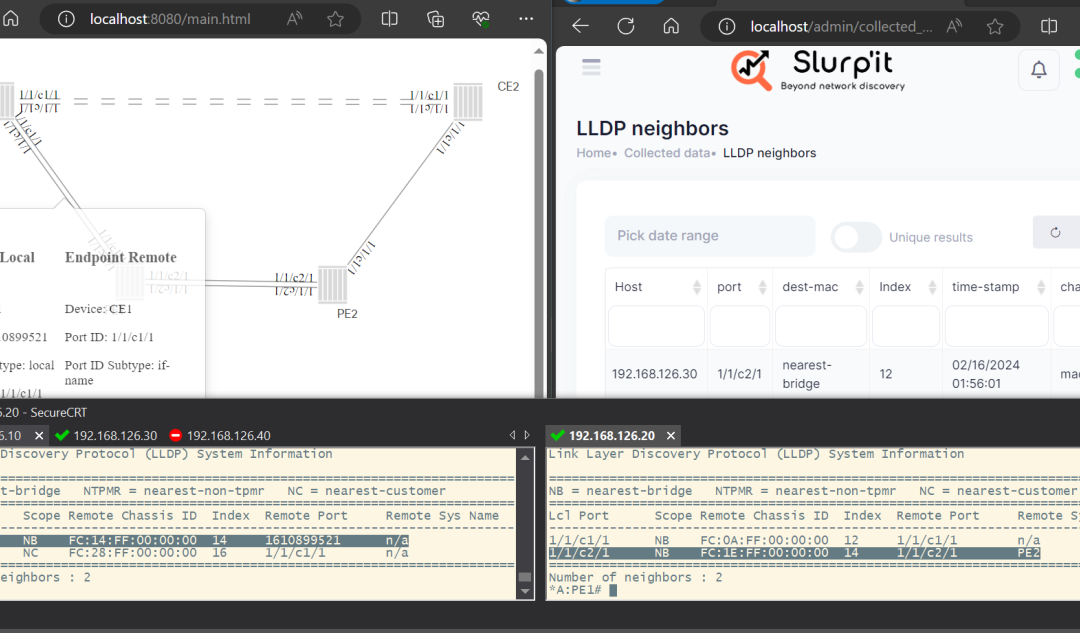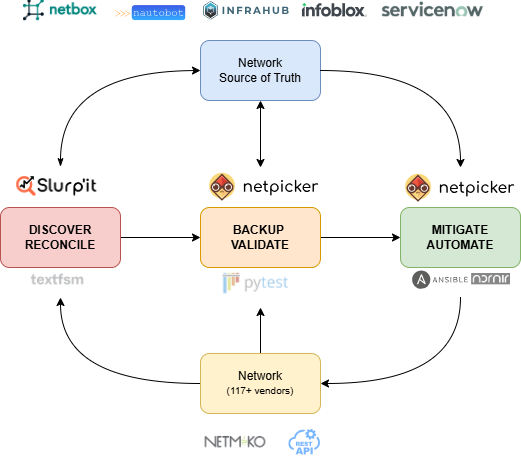Cyberthreats will always be there, and with time the numbers will also increase. Should we fret about it? Well, what’s in our hands is ensuring that our sensitive data is protected. Our network is safeguarded.
And here’s where network segmentation comes into the picture. It’s a strategic imperative. How? Let’s understand it all in detail below:
What is network segmentation?
Segmenting in simpler words means dividing. It is a strong foundation when it comes to cybersecurity. It plays a multifaceted role. There are virtual barriers that keep away all the unauthorised users. This single step works best for mitigating any fallout from security breaches.
It also improves and increases the visibility of network traffic. It allows IT administrators to check out patterns, detect anomalies, and swiftly respond to any incident that may happen.
This increased visibility not only helps with proactive mitigation but also allows the organisation’s capacity to adhere to all the regulatory standards of data protection.
What are the different types of it?
There are different types of segmentation and each addresses specific security requirements, like:
Physical segmentation
The whole process of segregating the network physically is termed as physical segmentation. The network is divided into different subjects or VLANs. This offers maximum isolation between segments. Physical segmentation is best suited for environments that require strict security mandates, like the government or defence sector.
Virtual segmentation
Opposite or physical segmentation, over here the network is segmented using virtualization technology like VLANs or Software-defined Networking (SDN). Since this approach is more flexible and scalable it’s best for companies who deal with dynamic network demands.
Role based segmentation
As the name suggests, the segmentation done here is based on roles or job functions within an organisation. Specific access privileges are given to specific roles, hence there is least risk of unauthorised access. The sensitive data is only accessible to those who need it legitimately.
Application level segmentation
The focus here is on isolating all the different applications or services within the network. This segmentation approach mitigates the risk posed by lateral movement of threats. Coming to application, it’s ideal for organisations having diverse application ecosystems. Hence, they can take security measures based on the unique requirements of each application.
Some benefits of effective network isolation
It offers a multitude of benefits, but we are here to look on the major ones like:
- By segmenting we basically are dividing the network into discrete units. Hence there’s an improved visibility into the network traffic
- Granular control. It allows organisations to control the traffic more effectively. Hence the risk of unauthorised access and impact of potential security breaches is just not there
- Healthcare and finance sectors demand compliance to regulatory mandates. Network segmentation, by isolating sensitive data, it facilitates the above concern
- The attack surface diminishes because of network segmentation
- Network segmentation helps with optimization since businesses can prioritise critical resources, allocate bandwidth, and scale specific segments
- Since there are smaller, more manageable segments, network administrators can easily streamline the tasks. This will ensure prompt issue resolution and optimal performance
How to implement it?
Now that you have understood the benefits, let’s get into how you can segment your existing network:
Clearly define segments
The very first step that comes into network segmentation is – defining. Companies must delineate segments based on factors, like – role, data, and compliance requirements.
Check out the risk factor
After defining, prioritise your segments based on its risk profile. The critical assets must be given major importance because the risk attuned is more.
Implement access controls
All the segments must be given access controls, to be specific a granular one, where each segment is getting much attention.
Regularly monitor and update
The whole process of network segmentation is not a set it and forget it thing. Rather it demands continuous monitoring, periodic evaluation, and iterations quite often.
Educate and train your employees
User awareness is extremely important when it comes to network segmentation. Organisations must offer training programs that help employees understand how the process will move.
Regularly test security measures
Lastly, penetration testing and security audits must be done often. This will help organisations identify vulnerabilities and think of defences.
Tools and technologies of it
To implement segmentation, an organisation will have to leverage a gamut of tools, depending on the requirements. Some popular tools are firewalls, virtual LANs (VLANs), software-defined networking (SDN), network access control (NAC), and intrusion detection and prevention systems (IDPS).
Use Cases of Network Segmentation
There are several use cases of segmentation, for example
- A large healthcare organisation implementing segmentation to protect patient data. The network can be divided into segments based on rules, department, and data sensitivity, hence there will be no risk of unauthorised access
- A financial institution implementing segmenting to isolate critical financial systems. The network can be segmented based on different financial services offered with strict access control and restricted communication.
All in all, it’s evident that it offers significant benefits. Organisations can protect their data the smarter way. But still there are a few things they have to look upon, like maintenance and updates, potential performance impact, integration, and compatibility. That’s it. Are you ready to implement it into your network?



